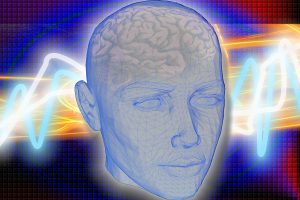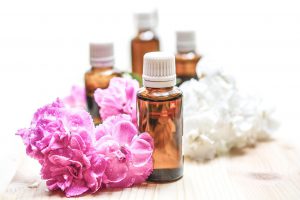
My goals with my recent articles on exploring the use of NAC (N-acetylcysteine) for mental health are several:
- to demonstrate that various natural modalities can be used in conjunction with conventional approaches to assist those with stigmatizing mental illnesses
- to help bridge the gap between integrative, conventional, and alternative practitioners through using language that is common among all of them, biochemistry.
- to educate and empower the public on the topic of mental health
I know that there are many factors linked to how the brain functions and that no one intervention can be a “cure-all.” Still, it is my hope that all providers in the area of mental health will aim to put their differences aside and work to integrate psychology, physiology, biochemistry, and mind-body medicine more richly. In this way, patients can benefit from a wide array of choices as their health providers unite as a team.
Now that I’ve completed my research with NAC, I begin to explore more on how the brain functions. This is in order to provide a basis for my upcoming review on how essential oils impact brain signaling, aka neurotransmitters.
Please see my website for the first article in this series, “A Primer To: How the Ancient Medicine of Essential Oils Can “Hack” the Modern Brain’s Biochemistry,” to learn more.
Interested in Learning More About Essential Oils Or a Consult with Me?

Learn More and/or Sign Up Now to Be on My Waiting List!
Want to Learn More About Essential Oils and/or Working with Me as a Client?
Visit my website here and make sure to sign up for my mailing list!
This material is for information purposes only and is not intended to diagnose, treat, or prescribe for any illness. You should check with your doctor regarding implementing any new strategies into your wellness regime. These statements have not been evaluated by the FDA. (Affiliation link.)
Disclaimer: This information is applicable ONLY for therapeutic quality essential oils. This information DOES NOT apply to essential oils that have not been tested for purity and standardized constituents. There is no quality control in the United States, and oils labeled as “100% pure” need only to contain 5% of the actual oil. The rest of the bottle can be filled with fillers and sometimes toxic ingredients that can irritate the skin. The studies are not based solely on a specific brand of an essential oil, unless stated. Please read the full study for more information.



